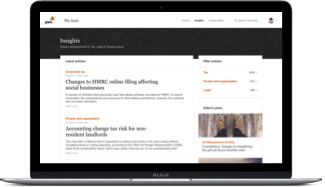Background
Capital allowances have always been an extremely valuable tax relief to companies incurring expenditure on buildings and plant. However, we’re seeing an even greater focus on capital allowances in the light of the potential loss of other tax reliefs, for example the restrictions from April 2017 on interest relief and the carry forward of trading losses.
Normal accounting practice is to capitalise expenditure on buildings and plant and gradually expense it in the profit and loss account over the useful life of the asset through depreciation. For tax purposes, no deduction is allowed for depreciation and instead the business identifies and claims tax relief in the form of ‘capital allowances’.
Capital allowances can arise on a range of expenditure on capital employed in the business but most commonly, since the abolition of Industrial Buildings Allowances, on plant and machinery.
Types of allowance
There are two main rates of plant and machinery allowance, and these are claimed annually on a reducing balance basis.
The following items go into a special rate pool, which attracts an 8% allowance:
